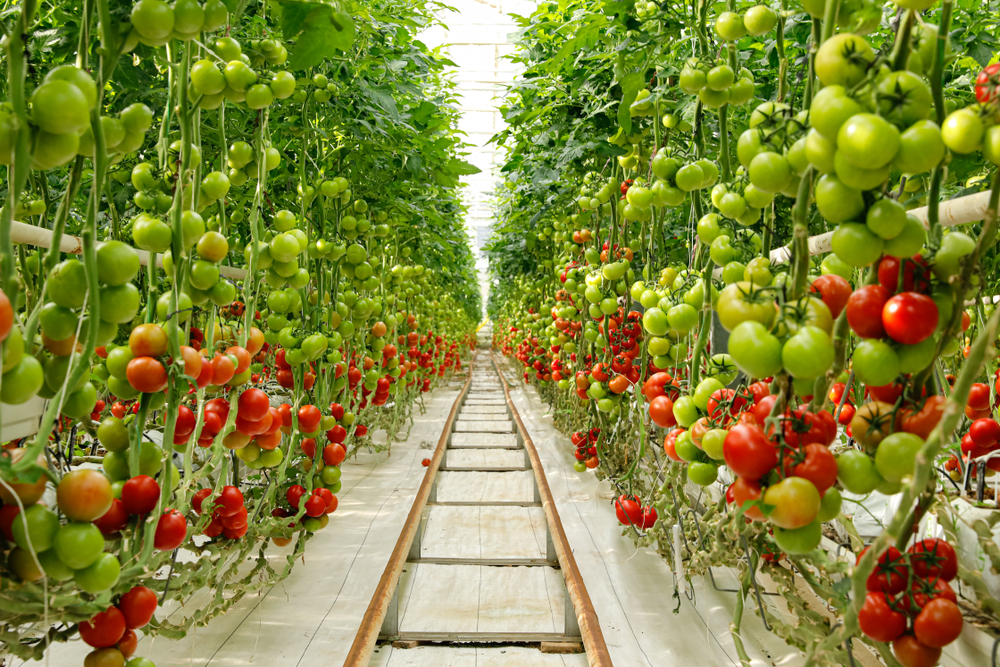Can the Heat From Running Computers Help Grow Our Food It’s Complicated.

- Author: Janna Frenzel and Sarah-Louise Ruder, The Conversation
- Full Title: Can the Heat From Running Computers Help Grow Our Food? It’s Complicated.
- Category: articles
- URL: https://modernfarmer.com/2023/03/can-the-heat-from-running-computers-help-grow-our-food-its-complicated/
Highlights
- Companies are now pairing data centers with greenhouses, capturing the heat emitted by computing hardware and reusing it to grow crops indoors.
The new QScale data center development in Lévis, Quebec is one such project. The company claims that it will “produce 2,800 tonnes of small fruit and more than 80,000 tonnes of tomatoes per year” in greenhouses to be constructed adjacent to the facility. (View Highlight)
- Every time we access content online—whether it is a video or the latest social media post—it is sent to our device by a different computer, usually located in a large data center. Also known as a “server farm,” a data center is typically a warehouse-like building that hosts hundreds of computer servers that store, process and transmit big swaths of data. (View Highlight)
- Data centers are increasingly criticized for their carbon footprint. The majority of emissions result from manufacturing the hardware they use. Servers also run day and night, continuously consuming energy and emitting heat. Backup generators guarantee uninterrupted data flow. (View Highlight)
- Temperature and humidity levels must be constantly monitored and controlled for the hardware to function efficiently and reliably. Data centers also have high water demands for cooling purposes, so they are especially contentious in dry areas. (View Highlight)
- For instance, Google’s new data center development in Beauharnois near Montréal will reportedly not include heat recycling and is also built on land originally zoned for agriculture, which is highly controversial. (View Highlight)
- It relies on venture capital investment that is currently drying up and a tech-start-up business model that may not be feasible for food production in the long run. (View Highlight)
